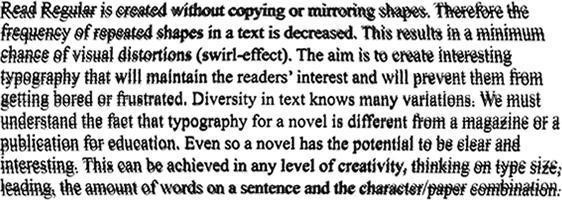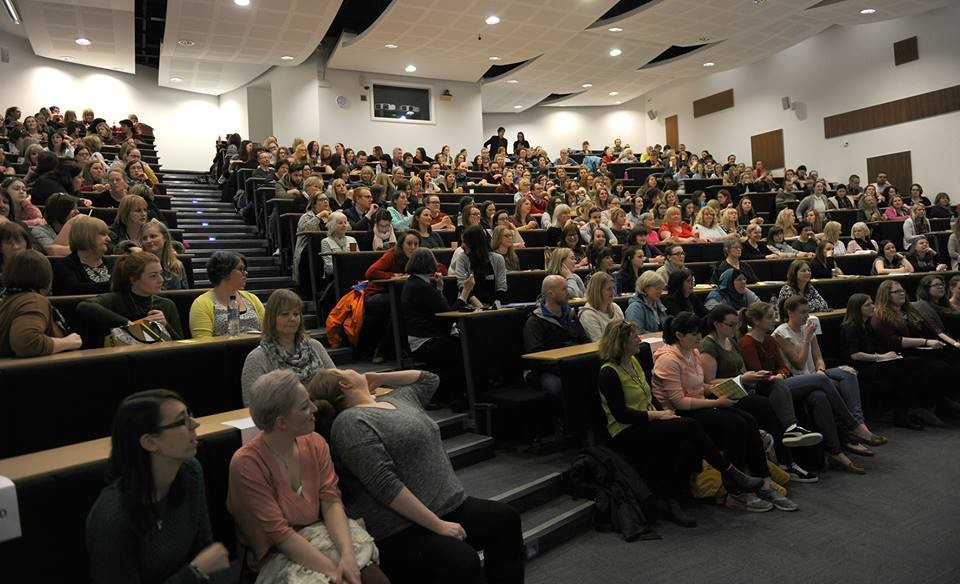Today was the day when it was time for the twos.
My nursery experience today took me into “The Panda Room” and an afternoon painting and getting messy with the two year olds. There were a lot of difference between being with the two year olds and being in with the three to five year olds so I thought I would reflect on today with a blog.
The first thing I noticed before the children even arrived as how friendly with main practitioner with the two year olds was. This came with two lessons. Firstly, I noticed in myself how at ease I was immediately, Mrs Q*, was easily one of the friendly practitioners I have ever had the experience of working alongside so far. Mrs Q was very welcoming, talkative and wanted to know all about my experience of teaching and being at nursery. This made me realise how much easier having/being someone like Mrs Q can make these experience of coming into a unfamiliar environment, both a new place and a new teaching experience, for a student teacher. When the children came in, Mrs Q was exactly the type of practitioner the two year olds needed. She was calm, relaxed and spoke so slowly and well pronounced that it was an easy transition for the children coming away from their parents into the nursery.
The Panda room can have up to ten children in it but there were only three girls and one boy in today which meant there were three practitioners as well as myself in with the children which meant we had a one to one basis with the children. This meant that the atmosphere in the Panda Room compared to the 3-5’s room was automatically more relaxed. There were a few differences in the Panda Room, mainly the children did not come straight into group time for registration. This could be because there are less children and therefore there isn’t a need for the register but it allowed the children to come in and just get straight into playing with no formalities such as a set group activity like in the 3-5’s room and in a primary class room. This made me realise that the two year olds are just too young to be coming into nursery to partake in formalities such as these and they are at nursery purely for the play and social interaction with other children.
One of the critical things I noticed whilst in the Panda Room was that there were huge developmental differences in the two year olds to the 3-5 year olds that I have been working with normally at nursery. Normally with the 3-5 year olds – they are able to verbally communicate and many are using their words in full sentences. However, in the Panda Room, the two year olds have very limited words. The children have observation books where any progress in their language and communication is written down, for example one of the children was able to repeat ‘bananas’ and ‘apples’ whilst playing and this was noted in her observation book. This was one of the biggest difference in the two rooms and one of the hardest for myself to get my own head around. I noticed that I had totally changed when I was working with the two year olds for the first half an hour or so. I had realised that because the children weren’t communication through words then I also went a lot more quiet. As soon as I realised this in myself, I told myself to snap out of it. Just because the two year olds have limited words does not mean that I then as a twenty year old also go quiet. I knew that I should be doing the opposite and modelling words and expressions for the children to copy and learn, therefore this is what I tried to do for the rest of the afternoon.
Another key difference I picked up on in the two year olds were just how egocentric they were. Everything was about themselves; they were reluctant to share and play together. They also took a lot longer to process things. The children took a lot longer to come to terms with me being in the nursery. However, one of the children who initially would not even let me touch them or help her put on her coat and do up her shirt sleeve. By the end of day when her mum came to collect her, she ran up to me and gave me a cuddle goodbye which was an amazing feeling that the child had accepted me and her presence in the nursery.
*I have decided not to name anyone in these blogs as I have not asked for permission from the individuals to be included in my blog.


























